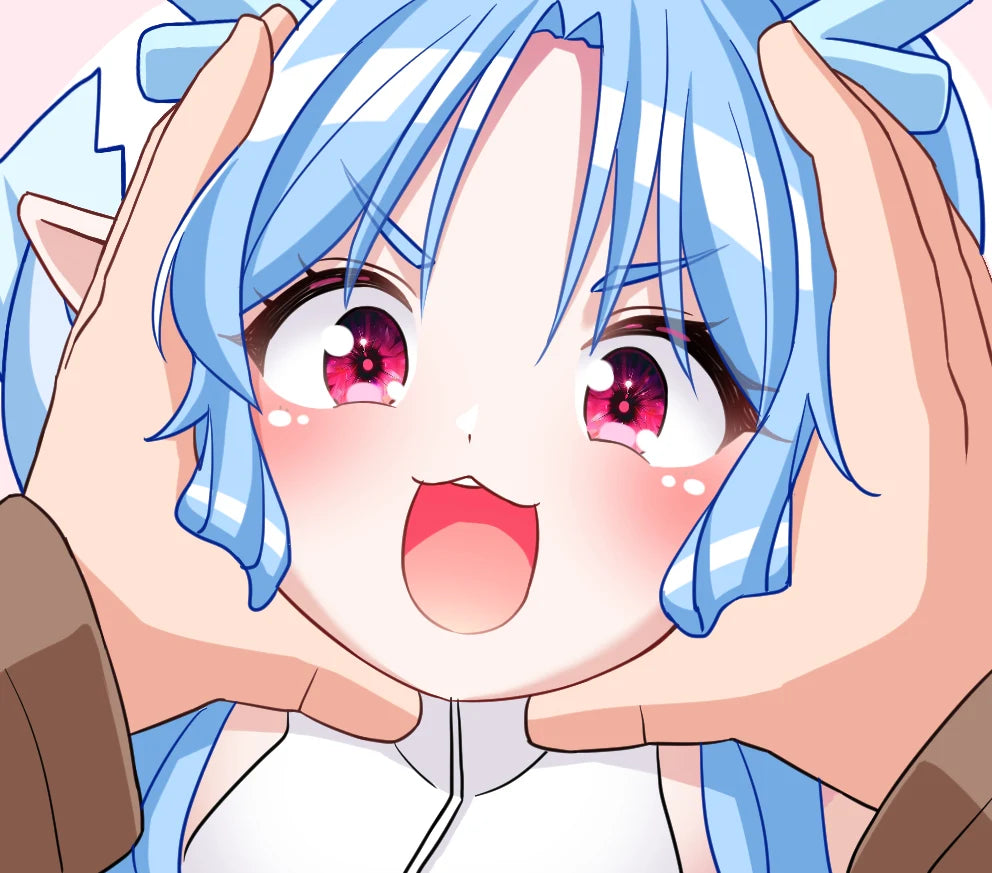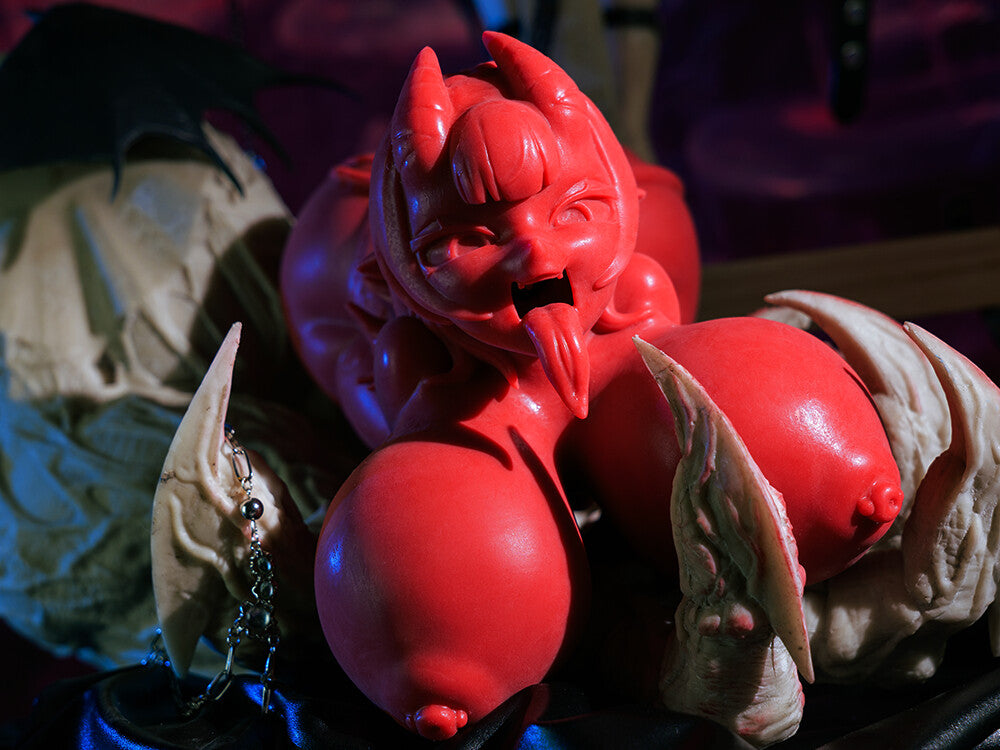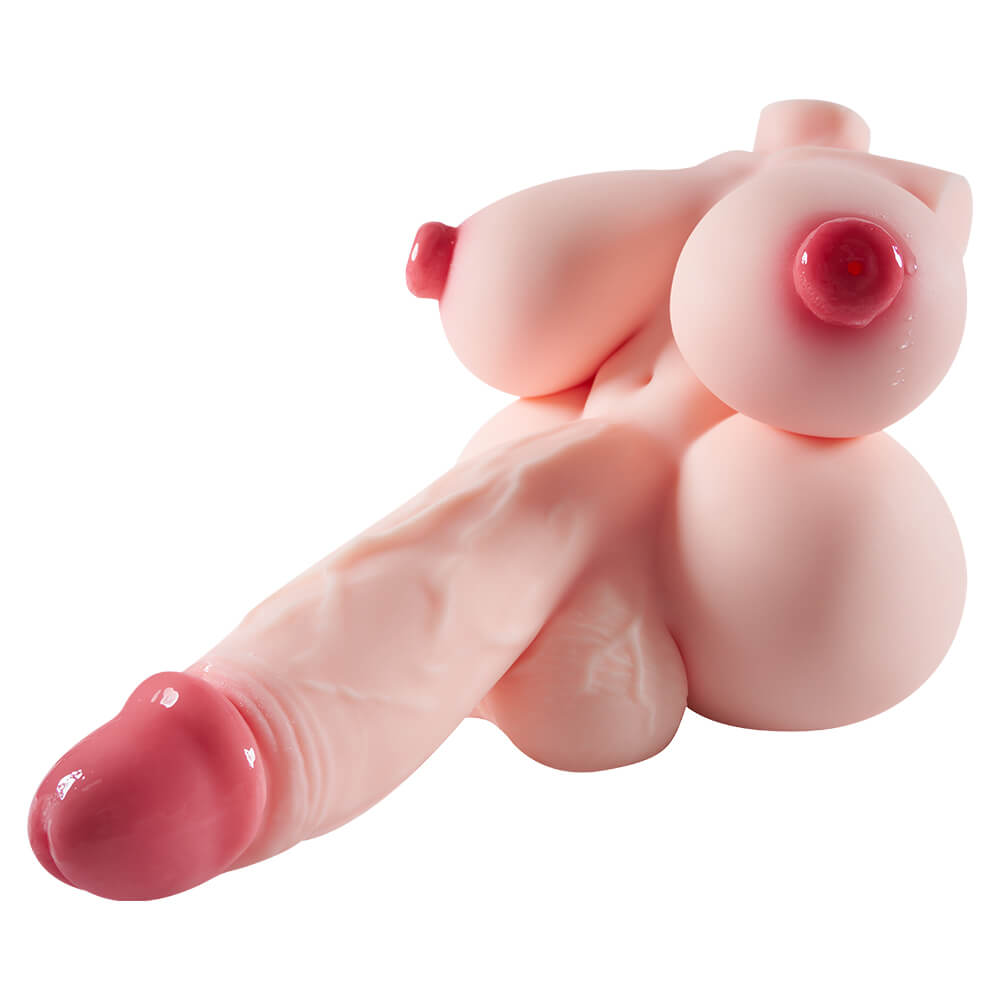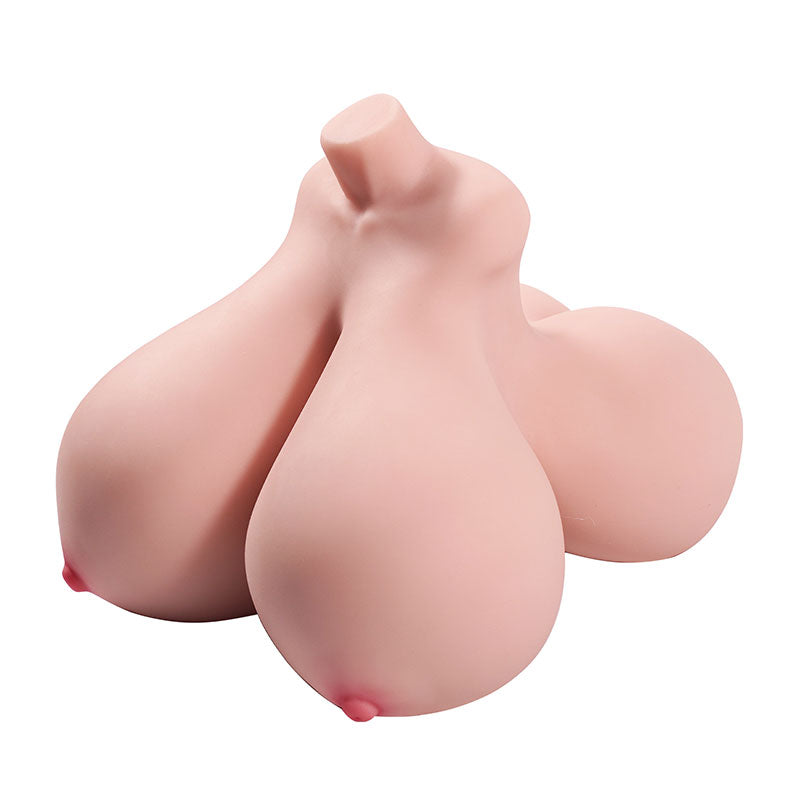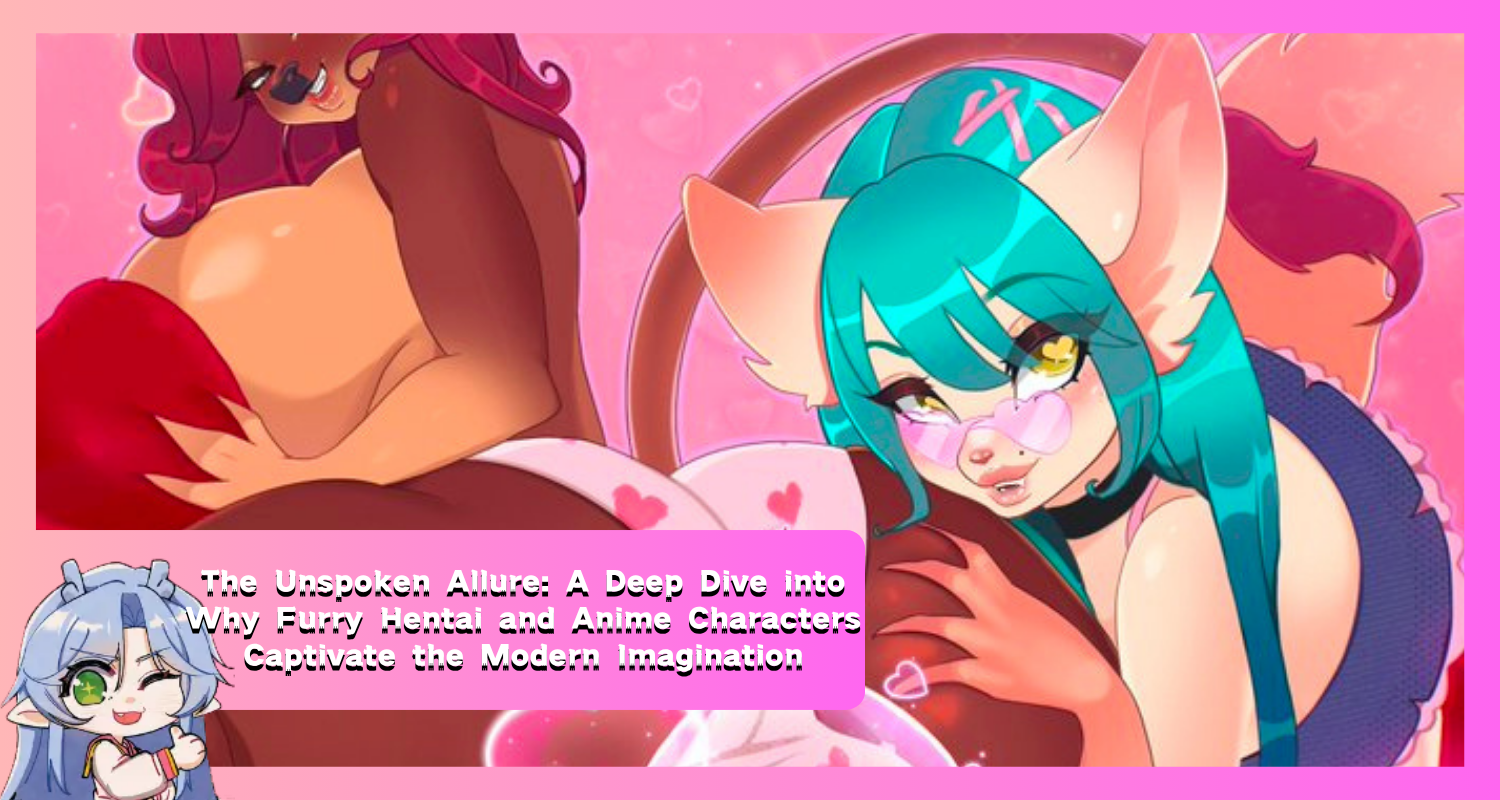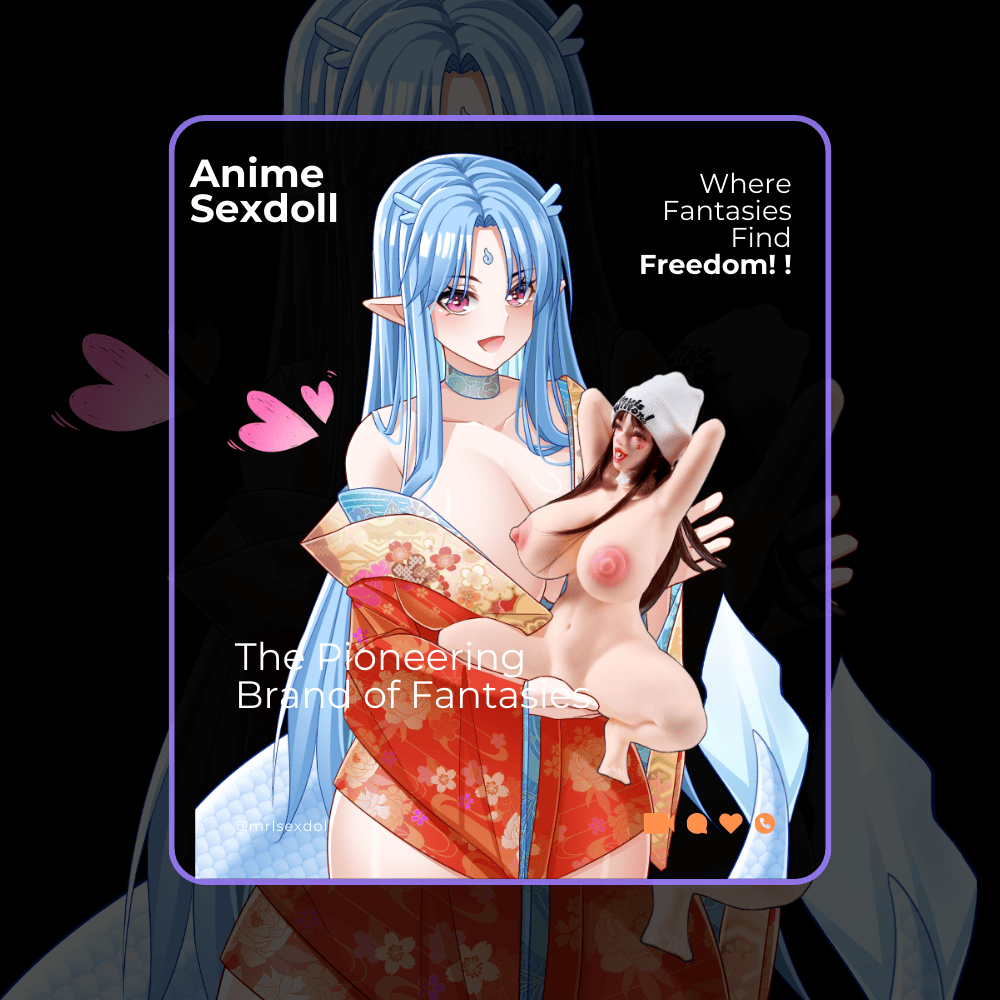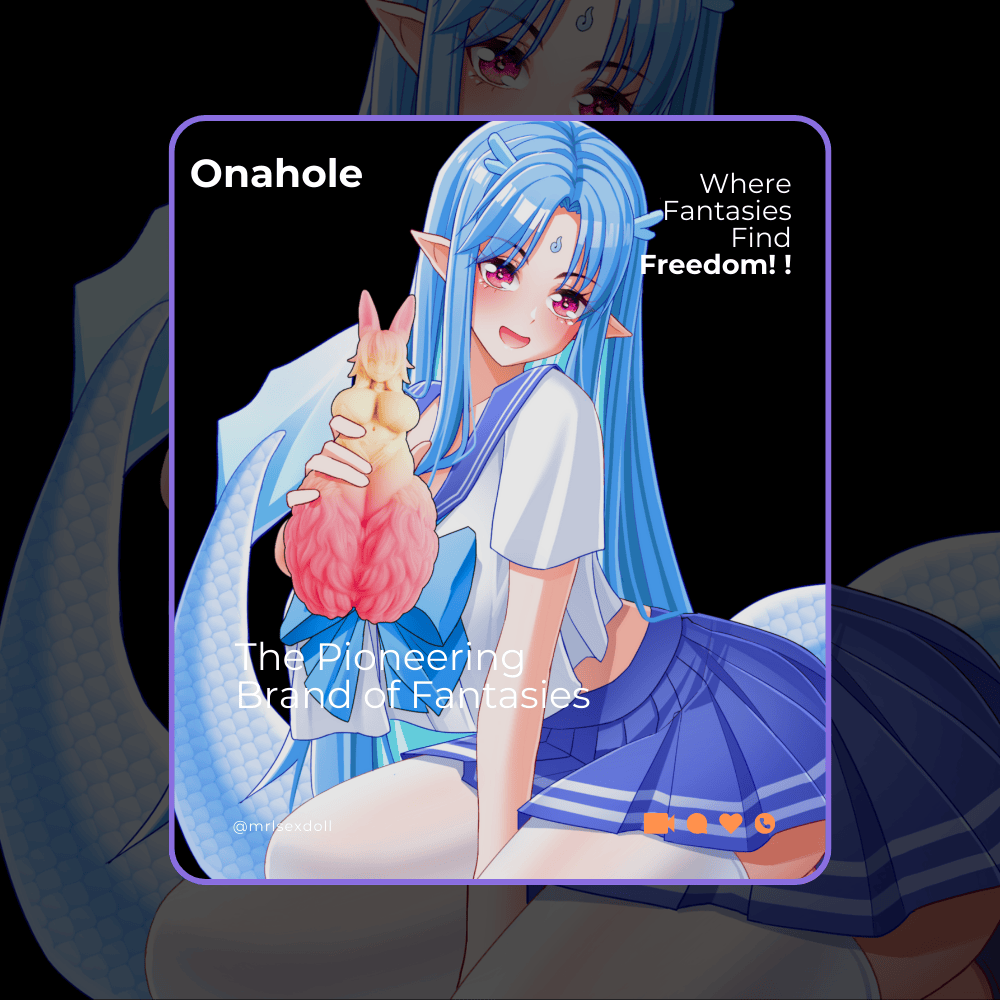The Unspoken Allure: A Deep Dive into Why Furry Hentai and Anime Characters Captivate the Modern Imagination
Table of Contents
1. Introduction: From Ancient Gods to Anime Avatars – The Enduring Power of the Anthropomorphic Form
2. The Human in the Animal: Foundational Psychology of the Furry Appeal
3. A Tale of Two Styles: The Symbiotic Relationship Between Anime and the Furry Fandom
4. The Erotic Imagination: Deconstructing the Appeal of Furry Hentai and Rule 34 Furry
5. From Pixels to Products: The Tangible Drive for Embodiment and the Furry Sex Doll Market
6. Frequently Asked Questions (FAQ)
Introduction: From Ancient Gods to Anime Avatars – The Enduring Power of the Anthropomorphic Form
The Pervasive Nature of Anthropomorphism
The love for characters that are animals with human traits is not just a new internet trend. It is a deep part of human psychology and culture that has been around for a long time. This habit of giving human qualities to non-human things has ancient roots that we can see in many different cultures throughout history. For example, Ancient Egyptian myths are full of powerful gods like Anubis and Bastet, who had animal heads on human bodies. They represented complex ideas about life, death, and fertility. In the same way, classic stories from around the world, like Aesop's Fables from ancient Greece and the Jataka Tales from India, used talking animals to teach lessons about morality, wisdom, and human nature. This long history shows that the basic idea of "furry" is a core part of how we tell stories and understand ourselves.

The Modern Nexus: Anime, the Internet, and the Rise of a Global Fandom
The furry fandom as we know it today started to form in the 1970s and 1980s. It grew out of groups of fans who loved science fiction and comic books. According to fandom historian Fred Patten, the word "furry" started to catch on at a science fiction convention in 1980, after a discussion about Steve Gallacci's comic Albedo Anthropomorphics. This early community was heavily influenced by Japanese animation, also known as anime. Fan groups like the Cartoon/Fantasy Organization (C/FO), which started in 1977, were created just to appreciate these shows. This shows a clear link between anime and the fandom's beginnings. When the internet became widely available in the 1990s, it helped these separate groups connect and grow into a large, global community on platforms like MUCKs and the newsgroup alt.fan.furry.

Posing the Central Question
As this subculture has become more visible, thanks to popular anime shows with animal-like characters, more people have become curious about it. When someone searches for "Why do people love furries in anime?", it shows that an interest that was once small is now becoming more mainstream. This article will look past the dramatic stereotypes often seen in the media that have tried to define the fandom. Instead, it will offer a broad analysis, looking at the deep psychological, social, and artistic reasons why furry characters in anime are so popular. This includes looking at the more adult side of the fandom, like furry hentai, which is often misunderstood.
The Human in the Animal: Foundational Psychology of the Furry Appeal
The Empathetic Bridge: Storytelling Through a Non-Human Lens
One of the main reasons animal characters with human traits are so powerful is that they are great for telling stories. When creators put human feelings and problems into non-human characters, they can explore difficult topics in a way that feels psychologically "safer" and is easier for everyone to connect with. Animal types that we all recognize—like the clever fox, the brave lion, or the wise owl—are useful shortcuts in stories because they connect to cultural symbols that people already understand. This separation makes it easier for people to think about sensitive topics like social prejudice, loyalty, or death. When the characters are animals, it doesn't feel as intense or personal as watching a drama with human actors. In both kids' books and mature anime, these characters build a bridge of empathy, making big ideas feel more real and emotional.
Crafting the Self: The Psychology of the Fursona and Virtual Identity
To understand why many people are so invested in the furry fandom, it's important to know what a "fursona" is. A fursona is a unique animal-like character that a fan creates to represent themselves in the community. A fursona is more than just a character. It's often an ideal version of the person who created it, a version that might be more confident, social, or outgoing than they feel in real life.
Creating and acting as a fursona helps people with important psychological needs. For many, it's a safe way to explore who they are. This is especially true for LGBTQ+ individuals, who make up a large part of the fandom and see it as a welcoming place to explore their gender and sexuality without being judged. Additionally, research from the International Anthropomorphic Research Project (IARP), also known as Furscience, shows that furries are much more likely to have been bullied, particularly as teenagers. The fursona, and the supportive community around it, can be a great way to deal with social anxiety and past trauma, helping people feel like they belong and are accepted.
This process has real psychological benefits. Studies have found that when people interact as their fursona, they get positive feedback from the community. Over time, they can start to see these positive traits in themselves, which can lead to higher self-esteem and a happier life. This idea isn't completely new. It's similar to how people have created online identities for a long time in text-based games like MUDs (Multi-User Dungeons) and MUCKs. In those digital spaces, users also used avatars to explore different sides of their personalities. In this way, the fursona is a useful psychological tool for building a strong sense of self in the modern digital world.
A Tale of Two Styles: The Symbiotic Relationship Between Anime and the Furry Fandom
Tracing the Roots: How Anime Influenced the Western Furry Fandom
The link between the furry fandom and anime isn't new; it's actually one of the fandom's foundations. Fandom historians like Fred Patten have shown how early Japanese animation, like Osamu Tezuka's Kimba the White Lion (1965), was a big inspiration for the people who started the fandom. Early furry-like groups such as the Cartoon/Fantasy Organization (C/FO) were created in the late 1970s for fans of these shows from Japan, which shows a direct connection.

Today, this relationship has grown even stronger. Popular anime like Beastars, BNA: Brand New Animal, and Aggretsuko have introduced the furry aesthetic to a huge worldwide audience. This has brought many new people into the fandom and made the cultural connection even tighter. These shows, with their deep characters and adult themes, show how powerful this style of storytelling can be and make longtime fans feel that their interests are valid.
Defining Kemono: The Distinct Appeal of Japanese Anthropomorphic Art
When people talk about loving furries "in anime," they are usually talking about a specific art style called kemono (獣), which is the Japanese word for "beast". This style is very influenced by how characters look in anime and manga. It's different from the Western style, which is more inspired by classic American cartoons with "funny animals".

The kemono style has a few key features. Characters usually have large, expressive "anime-style" eyes that are meant to make you feel they are kawaii (cute) and moe (a sweet, lovable feeling). Their muzzles are often shorter and more stylized, mixing animal features with a more human-like face. This is different from many Western designs, which often have longer, more realistic animal snouts. The difference is so well-known that many artists and fursuit makers now offer "kemono-style" designs to meet this demand. The table below shows the main artistic differences.
|
Feature |
Western Furry Style |
Japanese Kemono Style |
|
Primary Influence |
American "Funny Animal" cartoons (e.g., Disney, Warner Bros.) |
Japanese Anime & Manga |
|
Muzzle/Snout |
Typically longer, more animal-realistic |
Shorter, more stylized, often closer to a human facial structure |
|
Eyes |
Varied, often reflecting American cartoon styles |
Large, expressive, "anime-style" eyes; focus on moe/kawaii appeal |
|
Body Proportions |
Often pushes for more realistic animal anatomy or exaggerated cartoon builds |
Tends toward more human-like or slender, stylized "anime" body types |
|
Hands/Feet |
Typically paws, hooves, or claws |
More likely to have human-like hands and feet |
|
Cultural Aesthetic |
Rooted in Western comics, sci-fi, and fantasy tropes |
Rooted in Japanese pop culture, folklore (yokai), and anime tropes |
The Erotic Imagination: Deconstructing the Appeal of Furry Hentai and Rule 34 Furry
Beyond the Stereotype: Contextualizing Sexuality in the Fandom
To talk about furry hentai, we need to look beyond the dramatic stereotypes often shown in the media, like in the 2003 CSI episode "Fur and Loathing". While these portrayals gave the public a wrong idea, it's also not right to say that sexuality has no role in the fandom. Academic studies give a clearer picture. While only a smaller group of furries (about 10-35%) say that sexual interest is their main reason for being in the fandom, most agree it's at least part of the appeal. A 2019 study of male furries found that 99% of them reported having some level of sexual motivation.

This sexual side is closely tied to the fandom being a safe place to explore identity. About 80% of its members identify as non-heterosexual, and the number of transgender members is much higher than in the general population. This makes the furry fandom a very queer-friendly space. It's a community where different expressions of identity and sexuality are not just accepted but celebrated, away from the judgment of mainstream society.
The Psychology of Attraction: Erotic Target Identity Inversion (ETII) and Fantasy
A helpful way to understand why adult furry art is appealing is a psychological idea called Erotic Target Identity Inversion (ETII). This idea, which was discussed in a 2019 study, is about feeling sexual arousal from the fantasy of being the kind of person you are attracted to. This connects the identity-building part of the fursona with its role in sexual expression. The appeal of
furry hentai is often not just about being attracted to the character, but also about the fantasy of being that ideal, powerful, and free fursona in a sexual way.
It is important to know that this fantasy-based attraction is different from real-world paraphilias. Therapists and researchers point out the difference between a fantasy and the desire to act on it in the real world. An interest in erotic art with animal-like characters does not mean an interest in real animals (zoophilia). The furry community strongly rejects that idea.
Rule 34 Furry and the Culture of Fan Creation
Erotic furry art also exists simply because of how fan culture works on the internet. This is often explained by "Rule 34," which says that if something exists, someone has made pornography of it. This is true for every fandom, from Star Wars to My Little Pony. For example, the creation of pokemon furry hentai is a classic example of fans taking a non-sexual show and re-imagining it in their own creative way, making art and furry hentai comics.
The way the furry fandom is set up makes this even more common. Unlike fandoms that are based on one big brand, the furry fandom is not controlled by any single company. Its stories and characters are created by thousands of individual artists and fans. This allows for a lot of creative freedom and has led to a large community economy based on commissioned art. In this artist-driven community, where self-expression and sexual exploration are accepted, it's natural that original erotic art has become a big and important part of the fandom's creative work.
From Pixels to Products: The Tangible Drive for Embodiment and the Furry Sex Doll Market
The Fandom's Bespoke Economy: Art, Craft, and Value
The furry fandom has its own unique and strong economy. People often call it a "cottage industry" or a "gift economy". In this system, fans pay artists and creators directly for custom, one-of-a-kind items instead of buying things that are mass-produced. This economy is quite large. Research from Furscience shows that fans spend a good amount of money. People who go to conventions might spend over $1,000 a year on conventions and hundreds more on art commissions and other items. This shows that fans place a high value on personalized items that connect to their identity.
The Ultimate Embodiment: Fursuits, Collectibles, and the Furry Sex Doll
This buying and selling is mostly driven by a strong psychological need to make things real. Fans want to bring their online fursona into the physical world. The most well-known and expensive example of this is the fursuit, which is a full-body costume of a person's character. These can cost thousands of dollars and have become a major symbol of the fandom.
This desire for a physical representation goes beyond costumes to other high-end, custom collectibles. The market for dolls and figures based on characters is growing quickly, as fans want to own a physical piece of a character or world they love. This has created a small but dedicated market for adult collectibles, including the furry sex doll and futa sex doll. It's better to see these products not as simple toys, but as a very specialized type of art for adults that is based on characters.
This demand for high-quality, artist-made collectibles that represent a specific character has created a lively niche market. It's a place where art and personal fantasy come together. A perfect example of this is a product like the Bonnie X MRLSDOLL Co-Brand Furry Futa Sex Doll. This kind of furry sex doll is not a mass-produced item. Instead, it is a high-end piece of subcultural art for a specific audience that cares about character design and a real connection to a personal avatar. It is a natural next step for the fandom's economy, where the desire to make a character real meets high-quality, custom art. The appeal of such a product follows the same ideas as the market for high-end art and collectibles, where value comes from artist collaborations, character rights, and being exclusive—a model also seen in the popularity of "Labubu" dolls.
Frequently Asked Questions (FAQ)
Q1: What is the difference between a furry and a therian? A: A furry is a fan of animal characters with human traits. They often create a "fursona," which is an animal character they use to express themselves and be part of the community. A therian is someone who feels they are a non-human animal on a deep psychological or spiritual level. While about 10% of furries are also therians, they are two different identities.
Q2: Is the furry fandom primarily a sexual fetish? A: No. For most members, the main reasons for joining are the community, creativity, and self-expression. However, sexuality is an important part of the fandom for some. Research shows that for about 10-35% of furries, sexual interest is a main motivation. The fandom is best seen as a large subculture that has a sexual side, not just a single fetish.
Q3: Why is the furry fandom so connected to the LGBTQ+ community? A: The fandom's core values of self-expression and not judging others have made it a very safe and welcoming place for people exploring their gender and sexual identities. Research has shown for years that the fandom is mostly non-heterosexual (about 80%) and has a much higher number of transgender members than the general population.
Q4: What defines the kemono art style seen in anime? A: Kemono is a Japanese art style for animal-like characters that looks different from Western styles. Its main features are large, expressive anime-style eyes, shorter and more stylized muzzles, and often more human-like bodies, hands, and feet. The style focuses on being kawaii (cute) and moe (lovable).
Q5: Where do fans typically find and share furry hentai comics? A: Artists and fans mostly use special art websites. The most popular and oldest sites are Fur Affinity, Inkbunny, and SoFurry. Mainstream social media sites like Twitter are also big places for artists to share their work, including adult content, and to guide followers to their main art pages and commission info.
Key References
Austin, J. R. (2018). "Constructions of selfhood in Furry Fandom." This ethnography from Macalester College provides key insights into the construction of identity through fursonas, likening the self to a multifaceted gemstone.
Fanlore. (Various Dates). "Kemono." This wiki entry offers a clear, fan-centric comparison of the stylistic differences between Western furry art and the Japanese kemono style, focusing on features like eyes and muzzles.
Furscience / International Anthropomorphic Research Project (IARP). (Various Dates). As the primary academic group studying the fandom, their research findings are foundational. Their work provides extensive data on demographics, psychology, sexuality, community dynamics, and spending habits.
Gerbasi, K. C., et al. (2008). "Furries from A to Z (Anthropomorphism to Zoomorphism)." Published in Society & Animals, this is one of the first and most significant peer-reviewed studies on the furry fandom, establishing a baseline for much of the academic understanding that followed.
Global Times. (2025). "Chinese toy retailer's 'Labubu' dolls draw global fans." This article from China Daily provides a contemporary case study on the character-driven collectibles market, illustrating the principles of intellectual property, emotional connection, and community that also drive the fandom's internal economy.
Lykins, A. D., & Plante, C. N. (2019). "The 'Furry' Phenomenon: Characterizing Sexual Orientation, Sexual Motivation, and Erotic Target Identity Inversions in Male Furries." Published in the Archives of Sexual Behavior, this study introduces the key psychological concept of Erotic Target Identity Inversion (ETII) to explain the appeal of adult-themed furry content.
Martin, C. (2021). "Fandom's text, fandom's object: The aesthetics of the furry fandom." This article in Transformative Works and Cultures analyzes the unique nature of the furry fandom, where the object of interest is a decentralized, fan-created aesthetic rather than a single media property.
Patten, F. (2012). "Retrospective: An Illustrated Chronology of Furry Fandom, 1966–1996." Hosted on Flayrah, this detailed chronology by one of the fandom's founding members is the most widely cited source for the history of the furry fandom, its key influences, and its emergence from science fiction and comics communities.
Plante, C. N. (2017). "What's the Deal With Furries?" This Psychology Today article provides an accessible summary of the IARP's research, explaining the psychological functions of the fursona as an idealized self and the fandom as a supportive community.
Strike, J. (2017). Furry Nation: The True Story of America's Most Misunderstood Subculture. This book is a comprehensive historical account that traces anthropomorphism from ancient history to the modern day, providing a detailed narrative of the fandom's creation and dispelling common stereotypes.
WikiFur. (Various Dates). WikiFur, the furry encyclopedia. As a community-maintained encyclopedia, it is an essential resource for definitions, histories, and cultural specifics, including detailed entries on "History" and "Kemono".
Wikipedia. (Various Dates). Wikipedia, The Free Encyclopedia. The entries for "Furry fandom" and "Fur and Loathing" serve as important, well-sourced summaries of general knowledge and major media events, such as the influential CSI episode.

